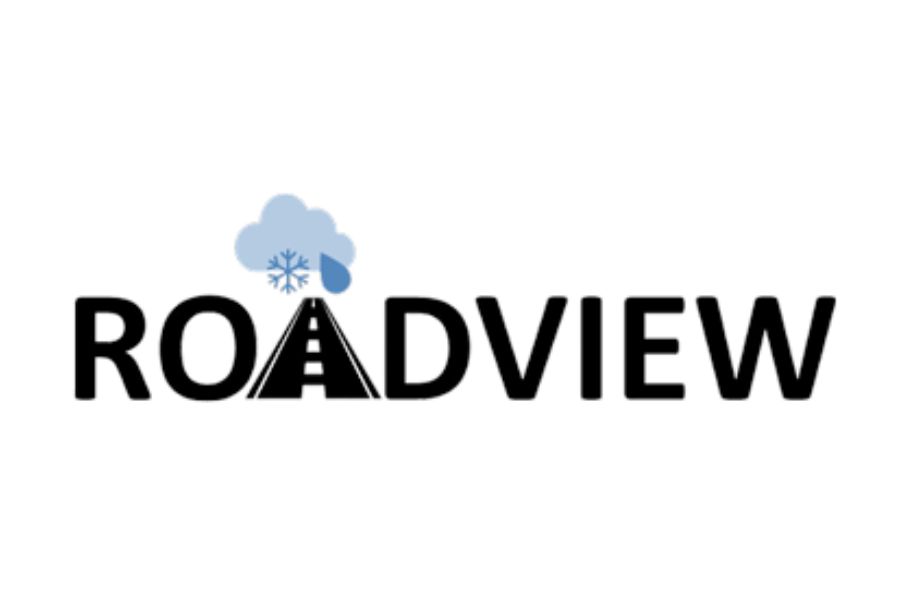Project Name: Robust Automated Driving in Extreme Weather
Open Call Topic(s): Smart Cities and Circular Economy in Buildings
Description
So far, most automated/autonomous vehicles (AV) functions and features have been developed and tested in good road conditions and with clear visibility. The harsh weather conditions are very challenging edge cases so far little addressed and constitute technological barriers for automated vehicles. There is currently a strong push globally for AV and towards solving harsh-weather-related challenges. The ROADVIEW project addresses these challenges with several ground-breaking innovations.
ROADVIEW (https://roadview-project.eu/) aims to develop robust and cost-efficient in-vehicle perception and decision-making systems for connected and automated vehicles with enhanced performance under harsh weather conditions and different traffic scenarios.
Reason for applying toHSbooster.eu services
Standards are of great importance in Horizon program's research projects as well as the commercial roadmap of the industrial partners involved in those projects. For this reason, it is important to take into account the standards and ensure that the ROADVIEW R&D processes and results comply with them. Standards are also needed to ensure that new products and solutions emerging from the ROADVIEW project will comply with legal regulations (e.g., when it comes to safety and performance) and technical interoperability needs (e.g., to facilitate integration among vehicle manufacturers and vendors of automated driving software)..
Using standards promotes research and development projects and facilitates the exploitation of results. They are essential tools when turning innovations into competitive products and services. For ROADVIEW partners, standards are a key to success in the fast-paced and investment-heavy global market of connected and autonomous vehicles.
In the consortium, partners have some expertise in the area of standardisation. Several ROADVIEW beneficiaries are active members of standardisation working groups at ISO or other standardisation bodies, where they already contribute their expertise to the definition of the new standards for automated driving. Additional help would be valuable to make sure that the consortium doesn’t lose momentum when comes to identify potentital new standardisation needs and updating existing ones.
During the project´s period, the Consortium would like to have all the possible help that is available to support our targets. HSbooster´s expertise would be one important element to motivate and encourage our partners to achieve project goals.
Current standards for automated/autonomous vehicles (AV) are a base for ROADVIEW testing procedures. The test environments and conditions need to be documented and in order to get better results and validate afterward (if needed), partners need to add more detailed attributes to the existing in ODD taxonomies. ROADVIEW consortium needs help to understand how and when to influence the standard´s technical content as some deficiencies have been identified (on the taxonomy and ontology level).
Finally, the consortium would like to learn about other existing standards in the area of perception and control systems to reach different levels of autonomy in different weather and environmental conditions. Identifying eventual gaps in standards and pushing forward recommendations for newstandards would be one of the expected outcomes of the project.
Main standardisation Interests
ROADVIEW activities lean toward innovations throughout the project. Standardisation links research, innovation and the market; it is an important tool for disseminating research results and innovations to European and global markets. Several work packages (WP) include activities related to harmonisation and standardisation:
WP1 Coordination and innovation management
Task 1.5. Innovation management
The project will monitor the development processes within ROADVIEW and organise regular exchanges with the members of the Innovation Advisory Board, with the international collaborators, and with coordinators of relevant projects and initiatives to identify overlap/synergies.
WP2 Physical system setup, use cases, requirements, and standards
Task 2.1. Definition and expansion of ODDs taxonomy
The task will introduce a detailed description of complex environments, including levels of extreme weather conditions and density of heterogeneous traffic (e.g., urban areas with unstructured traffic rules). These descriptions will be further considered in other work packages. ROADVIEW will extend the existing Operational design domain (ODD) taxonomy to include relevant weather conditions, e.g., more detailed expressions of precipitation conditions like raindrop size, ice particle size, density and snow conditions on the road.
Task 2.5. Assess norms and standards of reference for the ROADVIEW system
The task aims to guarantee that the ROADVIEW full system and the safety validation and testing activities are aligned with the current standards of the automated driving industry. The perception and decision-making systems will be assessed to identify eventual gaps in standards and push forward recommendations for new standards.
Test traceability and documentation are the fundamental part of automated driving tests. Tests need to be reproducible according to external conditions like weather and traffic situations. To fulfil this, the ISO 34503, Taxonomy for ODD, is under development and requires accurate documentation about scenery, environmental conditions, and dynamic elements like traffic. In this regard, a set of protocols will be defined by ROADVIEW partners, to ensure that ROADVIEW tests and trials are compatible with future automated driving standards.
This task work has started and some deficiencies of attributes/variables in ODD taxonomy have already been identified.
WP3 Validated sensor and sensor noise models for synthetic environments
Task 3.7. Evaluate interoperability of models and alignment with ASAM OpenX standards
Partners will evaluate the interoperability and suitability of the different purpose-driven fidelity of models across partners, toolchains and the XiL test framework, including the validation of sensor models. Particular attention will be given to the alignment with ASAM OpenX standards and sensor data standard ISO-DIS23150
Project Acronym: ROADVIEW

Grant Agreement Id: 101069576
Start Date:
End Date:
Programme: HorizonEurope
Call for proposal: HORIZON-CL5-2021-D6-01
Funding Scheme: HORIZON-IA



